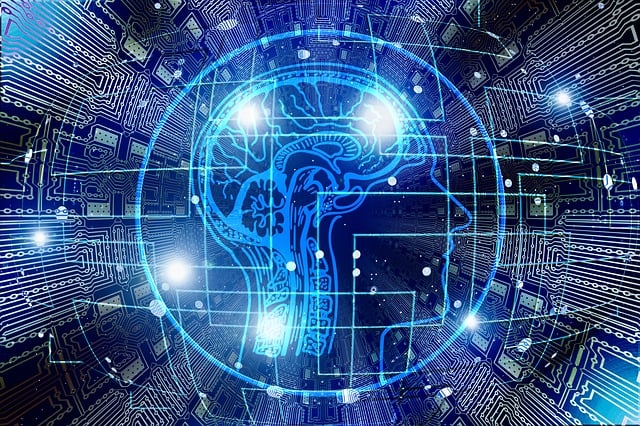The Rumsfeld Matrix as an effective tool in the decision-making process
During a briefing on the Iraq War, Donald Rumsfeld divided information into 4 categories: known known, known unknown, unknown known, unknown unknown. ...

The development of technologies such as deep learning, natural language processing, computer vision became possible with the emergence of data science as an area of study and practical application. It also allowed machine learning (ML) to emerge.
Data science is a branch of computer science that studies various problems of data analyzing, processing and presenting in digital format. It covers the theoretical and practical applications of ideas, including big data, predictive analytics, and Artificial Intelligence. Up until 10 years ago, data science was considered a niche cross-sectional subject that combined statistics, math, and computing. Now, its availability is increasing, and its importance for business is understood. There are many ways to learn it, including online courses, in-house training, etc. Let’s consider some of the data science development trends in 2022 and beyond.
Small data and TinyML
Big data is often referred to as the growth in digital data that is generated, collected and analyzed by humans on a daily basis. Machine learning algorithms for processing large data amounts can also be quite large. Thus, GPT-3 is the largest and most complex system capable of simulating human language. It consists of about 175 billion parameters.
Machine learning can add value to cloud systems with unlimited bandwidth. That’s why the concept of «Small Data» arose and makes it possible to simplify the quick cognitive analysis of the most important data in situations where time, bandwidth, energy costs are essential. For example, self-driving cars can’t count on the ability to send and receive data from a centralized cloud server trying to avoid an accident.
TinyML refers to machine learning algorithms that take up as little space as possible and can run on low-power hardware near the scene of the action. In 2022, the number of its appearances in embedded systems (household appliances, cars, industrial equipment, agricultural equipment) will increase and make them smarter and more functional.
Data-driven customer service
Customer data is the main source of companies to improve the quality of customer service: product or service upgrading, the e-commerce process simplifying, a more user-friendly interface creating, waiting times reducing, etc.
The interaction between the client and the company is becoming more digital. Any action can be measured and analyzed for a better understanding of how processes can be improved, as well as personalized goods and services offered to the client. The pandemic has sparked a wave of investment and innovation in online commerce technology. Companies sought to completely replace physical shopping trips. Finding new methods and strategies to use data to improve customer service will remain one of the top trends in 2022.
Deepfake, generative AI, synthetic data
Deepfake is a realistic substitution of photo, video, audio content based on generative AI. This technology is widespread in the arts and entertainment. Deepfakes are expected to spread to other industries and use cases in 2022. For example, creating synthetic data for training machine learning algorithms. By creating synthetic faces of non-existent people in order to train face recognition algorithms. This will help to avoid problems with confidentiality and real people faces usage. Also, the application of this technology is possible in medicine (for example, for training systems for recognizing signs of rare cancer types); for converting a language into an image (for example, creating a building image based on a verbal description of its type).
Convergence
Digital transformation key elements are Artificial Intelligence (AI), Internet of Things (IoT), cloud computing, superfast networks (5G). Each of these technologies exists in isolation, but they are all interconnected, allowing to do more. For example, AI allows IoT devices to act intelligently, interact with other technologies with minimal human intervention. It contributes to automation and the creation of smart homes, factories and even cities. 5G and other superfast networks allow to transfer data at higher speeds. Moreover they will allow to become commonplace with new types of data transfer. AI algorithms play a key role in routing traffic to ensure optimal transfer rates, automating control of the cloud data center environment. In 2022, the development of these technologies and their interaction with each other will be observed.
AutoML
AutoML (Automated Machine Learning) helps to democratize data science. Data cleansкаing and preparing is a time-consuming routine for a data scientist. AutoML assumes the automation of such tasks. The goal of this technology is to create tools and platforms that anyone can use. Thus, with the help of user-friendly interfaces, each user can apply machine learning to solve problems and validate ideas. It is predicted that in 2022 AutoML will actively evolve to become an everyday reality.